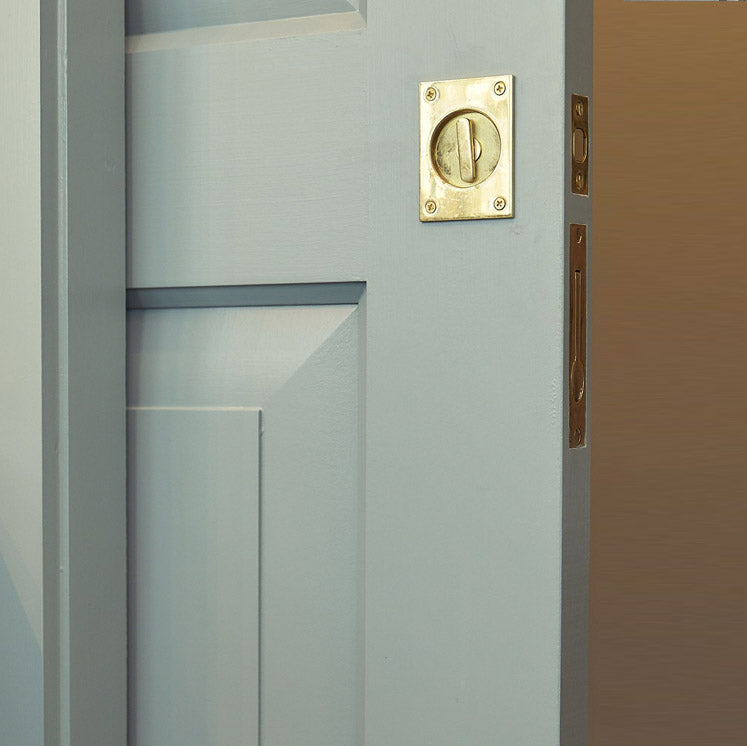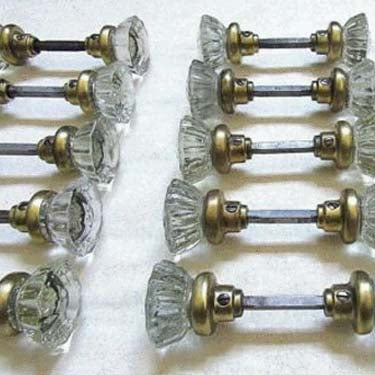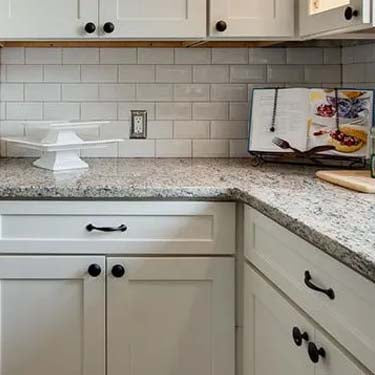Home Hardware in Different Regions and Time Periods
Home hardware, the tools and materials used for building, repairing, and maintaining homes, holds deep cultural significance that varies across regions and historical periods. These objects, ranging from simple hand tools to complex mechanisms, reflect the technological advancements, social structures, and cultural values of the societies that use them. By examining the evolution of home hardware, we can gain insights into the development of human civilization and the ways in which different cultures approach the concept of home.

Ancient Civilizations and Home Hardware:
In ancient civilizations, home hardware was rudimentary yet crucial for survival. In Mesopotamia, one of the earliest known civilizations, tools like the adze (a type of axe) and the plow were essential for both building homes and farming. These tools were often made from stone or bronze and represented the ingenuity of early humans in using available resources to create a stable living environment. The use of mud bricks for construction in Mesopotamia also highlights the innovative use of local materials.
In ancient Egypt, the construction of homes and monumental structures like the pyramids required a sophisticated understanding of tools and techniques. Copper tools such as saws, chisels, and drills were used extensively. The importance of these tools is evident in the intricate craftsmanship of Egyptian architecture and the precision of their stone carvings. This period also saw the emergence of specialized labor, indicating a complex societal structure where knowledge of home hardware was both a skill and a profession.

Medieval Europe and the Evolution of Tools:
The medieval period in Europe saw significant advancements in home hardware, driven by the needs of a growing population and the development of new building techniques. The introduction of iron and later steel revolutionized tool-making. Tools like hammers, nails, and saws became more durable and efficient, enabling the construction of more substantial and permanent structures.
The medieval guild system played a crucial role in the dissemination of tool-making knowledge. Blacksmiths and carpenters formed guilds, which not only regulated the quality of work but also ensured the transmission of skills across generations. This period also saw the rise of the home as a more personalized space, with different rooms designated for specific functions, reflecting a shift towards greater domestic comfort and privacy.

The Industrial Revolution and Mass Production:
The Industrial Revolution marked a transformative period in the history of home hardware. The invention of machines capable of mass-producing tools and building materials dramatically reduced costs and increased availability. This era saw the standardization of tools, making them more accessible to the average person.
Key innovations included the development of the steam engine, which powered sawmills and factories, and the creation of new materials like cast iron and steel. The widespread availability of these materials allowed for the construction of more robust homes and the proliferation of home improvements. This period also saw the rise of the hardware store as a common fixture in towns and cities, providing a centralized location for purchasing tools and materials.

20th Century and Modern Innovations:
The 20th century brought about a new wave of innovation in home hardware, driven by advances in technology and changing lifestyles. The post-World War II economic boom led to a surge in home construction and the rise of suburban living. Power tools like electric drills, saws, and sanders became household staples, making home improvement projects more feasible for the average person.
This era also saw the development of new building materials such as drywall, synthetic insulation, and pre-fabricated components, which simplified construction processes and improved home efficiency. The cultural significance of home hardware during this period is evident in the DIY (Do It Yourself) movement, which encouraged homeowners to take on renovation projects themselves, fostering a sense of personal accomplishment and self-sufficiency.

Contemporary Trends and Global Perspectives:
In the contemporary era, home hardware continues to evolve, influenced by global trends and technological advancements. The rise of smart home technology has introduced a new dimension to home hardware, integrating digital tools and devices that enhance home security, energy efficiency, and convenience. Products like smart thermostats, automated lighting systems, and home security cameras reflect a growing trend towards interconnected and intelligent homes.
Cultural attitudes towards home hardware also vary significantly across regions. In Japan, for example, there is a strong emphasis on craftsmanship and precision, with traditional tools like the Japanese saw (nokogiri) and chisel (nomi) still highly valued. In contrast, in the United States, there is a greater focus on innovation and convenience, with a robust market for the latest power tools and home automation systems.
In developing countries, the cultural significance of home hardware often centers around accessibility and sustainability. Efforts to provide affordable and durable building materials and tools can have a profound impact on improving living conditions and promoting economic development. Organizations working on housing projects in these regions often emphasize the use of local materials and traditional building techniques, combined with modern innovations to create sustainable and resilient homes.

The cultural significance of home hardware is deeply intertwined with the history and development of human societies. From the simple stone tools of ancient civilizations to the sophisticated smart home devices of today, home hardware reflects the technological advancements, social structures, and cultural values of different regions and time periods. By examining the evolution of these tools and materials, we can gain a deeper understanding of the ways in which humans have shaped their living environments and the cultural importance of the concept of home.























Leave a comment